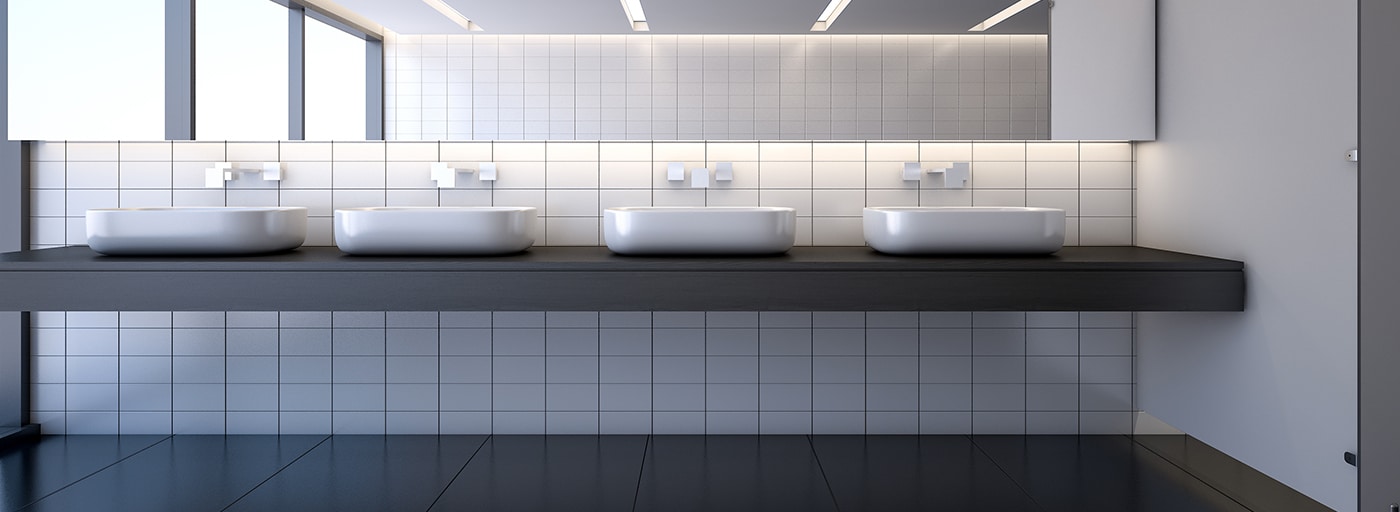
Restorative bonding refers to repairing and restoring a surface's strength and integrity, such as tile and grout. It is often used in cases where the surface has been damaged, either through wear and tear or accidental damage. The goal of restorative bonding is to return the surface to its original condition or as close to it as possible.
In today's post, we'll deep dive into the ins and outs of restorative bonding.
What are the Best Ways to Restore Tile and Grout?
In the case of tile and grout, restorative bonding can involve various techniques and approaches, depending on the damage's extent and the surface's specific needs. Some standard methods for restoring tile and grout include the following.
Cleaning and Sealing
One of the most essential steps in restorative bonding is to thoroughly clean the surface, removing any dirt, grime, or other contaminants that may be present. The actions can be done using varied methods, including scrubbing with a stiff brush and a cleaning solution, steam cleaning, or pressure washing. Once the surface is clean, it can then be sealed to help protect it from further damage.
Repairing Cracks and Chips
If the tile or grout has cracks or chips, these can often be repaired using different techniques. A matching grout or tile repair compound can fill in the damaged area for small cracks or chips. For larger cracks or chips, removing and replacing the damaged tile or grout may be necessary.
Re-Grouting Tile
If the grout between tiles has become damaged or discolored, it can be replaced with new grout. The process involves carefully chipping away the old grout, cleaning the area, and then applying a new layer of grout. It is vital to match the color and consistency of the new grout as closely as possible to the original to maintain a seamless appearance.
Repolishing Tile
In some cases, the surface of the tile or grout may have become dull or scratched over time. In these cases, it may be possible to restore the shine and luster of the surface by re-polishing it. Repolishing can be done using several methods, including buffing with a soft cloth or using a specialized polishing compound.
Overall, restorative bonding is a process that requires careful attention to detail and a thorough understanding of the specific needs of the surface being repaired. It can be time-consuming and labor-intensive, but the result is a restored and rejuvenated surface that looks as good as new.
Ready for a Revolutionized Restorative Bonding Process for Grout?
At SaniGLAZE we didn’t settle for off-the-shelf solutions that didn’t completely restore, enhance, and protect tile and hard surfaces, so we engineered our own. SaniGLAZE’s proprietary products and services like GroutGLAZE, for example, restore grout joints to better-than-new condition. Our EnduraGLAZE system is a restorative bonding process with two coats, one for the grout and one for the entire surface.
During your free consultation, a tile and surface restoration expert will look over your existing set-up and recommend the best products to meet your needs.

